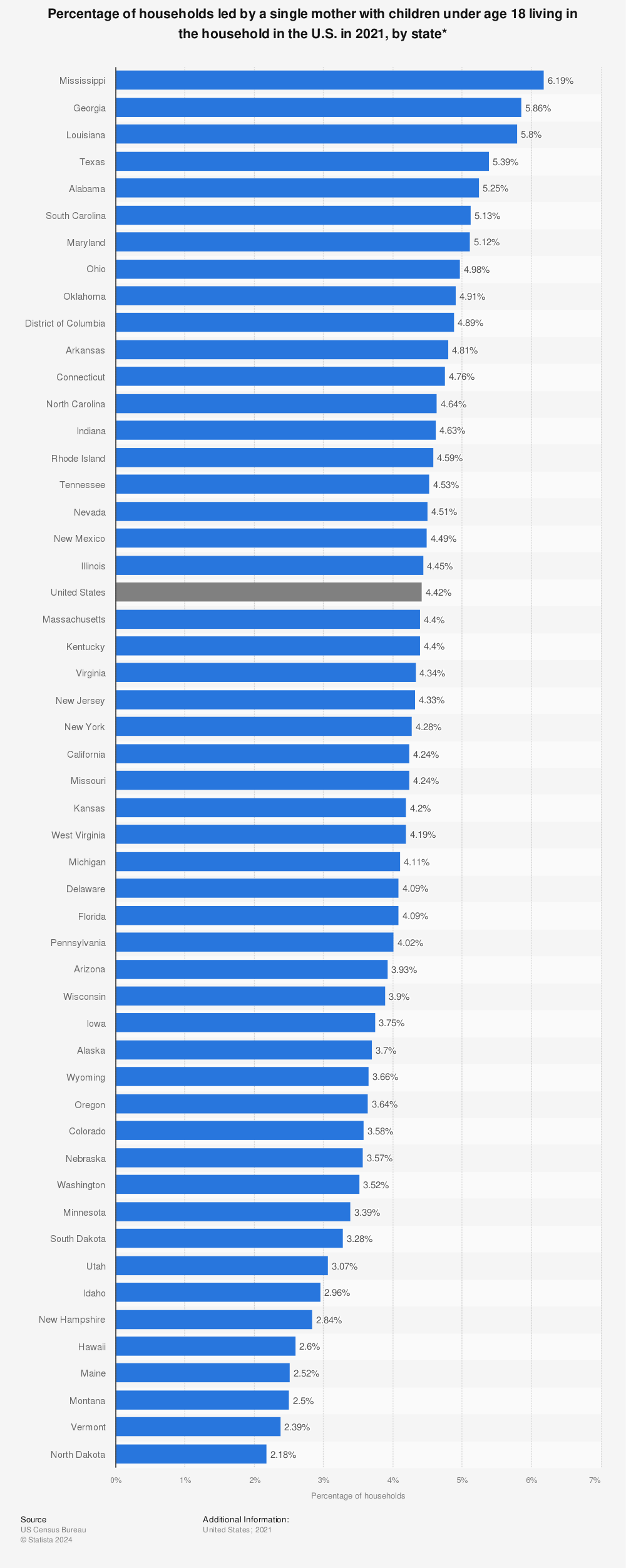Mississippi women lose $7 billion a year due to the gender wage gap—the ninth-largest in the U.S.
Published 2:38 pm Monday, April 9, 2018
A woman with a full-time, year-round job in Mississippi makes 75 cents to every man’s dollar, adding up to a $7 billion annual loss attributed to the gender wage gap.
A state-by-state analysis released by the National Partnership for Women & Families used U.S. Census Bureau data to break down Mississippi’s wage gap by race and ethnicity, revealing the Magnolia State has the ninth-largest “cents-on-the-dollar” gap in the nation.
Mississippi is one of two states with no equal pay law. If the gap were closed, full-time working women in Mississippi would be able to afford “81 more weeks of food for her family, more than nine additional months of mortgage and utilities payments, 1.3 additional years of tuition and fees for a four-year public university, the full cost of tuition and fees for a two-year community college, more than 14 additional months of rent or more than 27 additional months of child care each year,” according to the National Partnership.

A breakdown of Mississippi’s gender wage gap compares median wages of full-time working women to that of full-time working white, non-Hispanic men. The analysis found white, non-Hispanic women lose $11,810 annually while Asian women lose $16,165 and black women lose $20,770 a year in wages. (The study notes while data for the state’s Latina women are available, “high variability in the margin of error associated with the wage gap” yields results too uncertain to include.)
Black women are hit hardest by the gap nationwide, making $0.56 on the dollar in Mississippi. Median wages of Mississippi’s 156,286 full-time, year-round working black women are $26,558 compared to median wages of white, non-Hispanic men—$47,328.
Median wages of Mississippi women who are mothers fall below the overall median, earning $0.71 on the dollar compared to fathers. Mississippi has the highest percentage of households led by single mothers with children under 18, with around 40 percent of those families living in poverty.

Find more statistics at Statista
“Equal Pay Day is a disturbing reminder that women overall have had to work more than three months into 2018 just to catch up with what men were paid in 2017, and Black women and Latinas must work considerably further into the year,” said Debra L. Ness, president of the National Partnership. “The wage gap cannot be explained by women’s choices. It’s clear that discrimination contributes to it – and equally clear that it’s causing grave harm to women, families and the country.”
Equal Pay Day is April 10, representing how far into the calendar year women have to work to earn what men did the year before.




